Many people push themselves hard during training, expecting better fitness results. But what is often overlooked is the importance of recovery after exercise. Good post-training recovery helps maintain muscle function, energy levels and overall well-being. Without that, you might feel more tired, painful and even less motivated to stick to your routine. So how can you help your body recover after intense training? It’s not just about sitting on the sofa all day.
This guide will show you how to make the most of your recovery time and keep your body ready for your next training.
Note with a balanced post-training meal
Your body needs fuel after a training session, and a balanced meal can provide exactly this. Carbohydrates help to reconstruct glycogen reserves in your muscles, while proteins support muscle maintenance. You have nothing sophisticated – a simple meal like grilled chicken with brown rice and vegetables works well. If you run out of time, a smoothie with fruit, yogurt and a ball of protein powder can do the trick. Remember that food is the main source of nutrients for your body.
Support intestinal health for better recovery
Good intestinal health plays a crucial role in post-training recovery. A healthy intestine supports good digestion, helps your body absorb the essential nutrients of the food you eat and contribute to general well-being. When your intestine works well, your body can make the most of the nutrients from your meals, which is particularly important after an intense exercise. The inclusion of fiber -rich foods, such as fruits, vegetables and whole grains, can help maintain intestinal health.
If your diet is lacking due to poor food choices, adding a high quality probiotic supplement can help support your digestive system. Supplements like Usana Probiotic Provide a mixture of beneficial bacteria which promote good digestion and absorption of nutrients. A well -sustained digestive system also helps maintain a healthy immune system, which is essential when you push your body thanks to difficult training. The inclusion of probiotics in your daily routine can be an easy way to support your intestinal health alongside a nutritional diet.
Rehydrate after your training
After an intense training session, your body loses a lot of liquids through sweat. Rehydration is essential because it helps your body maintain muscle function and overall energy. Water is always an excellent choice, but sometimes your body also needs electrolytes. These minerals, such as sodium and potassium, help your muscles to function properly. If you have had a long or particularly intense session, consider a sports drink with electrolytes or even coconut water. But avoid sweet options because they can do more harm than good. Take a point in drinking enough water in the first hour after your training to help your body recover effectively.
Rest sufficiently and sleep quality
Rest is often underestimated but plays an essential role in the process of recovering your body. After a training session, your muscles need time to recover and rebuild. While short breaks during the day can help, nothing replaces a good night’s sleep. Aim at least seven to nine hours of quality sleep every night. During sleep, your body works hard to maintain muscle tissue, support energy levels and prepare you for the next day’s activities. Establish a bedtime routine that helps you relax, like turning off the screens an hour before bed or reading a book. The more the quality of your sleep will be prepared, the more your body will be prepared for future training.
Stretch and cool to support muscle health
Appropriate cooling after exercise helps to alleviate your body from intense activity to rest. Stretching your muscles after training helps maintain flexibility and reducing muscle tension. Spend at least 10 to 15 minutes to stretch your main muscle groups after your session. Simple stretching such as ischio-leg stretching, quadruple stretching and shoulder rolls can make a big difference. Cooling also helps regulate your heart rate and breathing, which makes you feel more relaxed after an intense session. It is an easy -to -build habit and can help you feel more comfortable and ready for your next training.
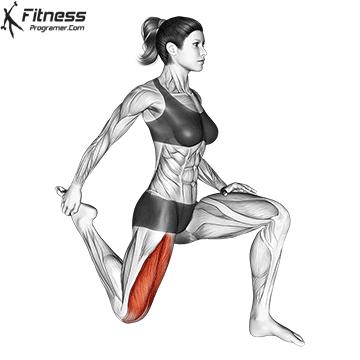
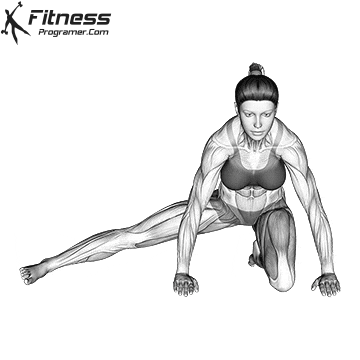
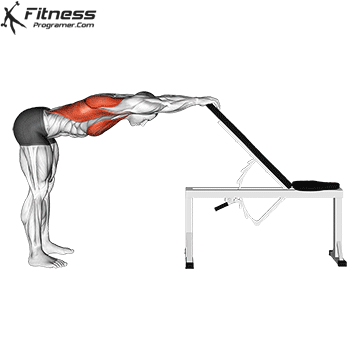
Add light activities on rest days
The rest days do not have to signify complete inactivity. Light activities such as walking, swimming or yoga can help maintain the blood flow without stretching your muscles. These low impact activities support muscle recovery while keeping your body in motion without exerting too much pressure on the tired muscles. A 20 -minute walk or a sweet yoga session can feel refreshed and ready for more intense training sessions later. The key is to keep it light and easy, which gives your body a break while remaining active.
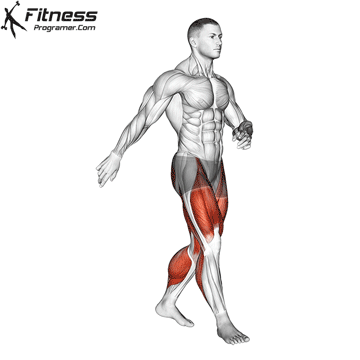
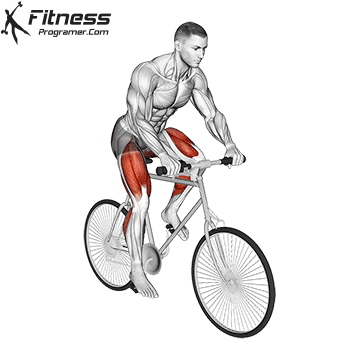
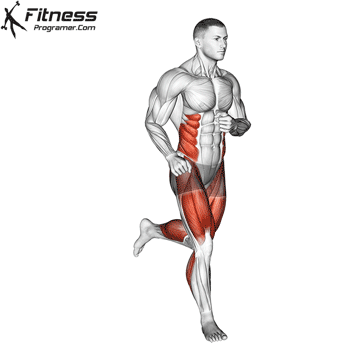
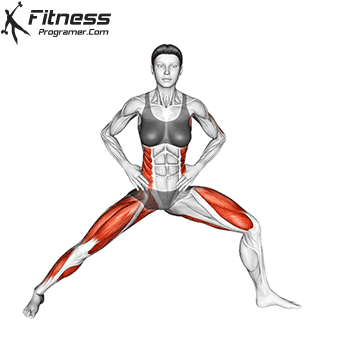
Wear compression equipment for muscle support
Compression equipment is more than a simple trendy wear. After an intense training session, wearing compression clothing can support muscle recovery by maintaining a good blood flow. Leggings, sleeves or compression shirts adapt perfectly around your body, which can help reduce muscle seal and feelings of fatigue. Many athletes wear them during and after exercise because they can make the recovery process more fluid. Although this is not a magic solution, adding compression equipment to your routine is an easy way to support your body after difficult training.
Pay attention to your body recovery signals
Your body always sends signals on what it needs. After an intense training session, you might feel painful, tired or steep. These are signs that your body needs time to recover. It is important to listen to these signals and adjust your routine if necessary. If you feel too tired or painful, take an additional day of rest or make a lighter training. Ignoring these signals can cause fatigue or even injuries. Supporting your body means giving him the care he needs when he needs it.
Build a coherent recovery routine for long -term success
Recovery should not be a reflection afterwards. The construction of a coherent routine helps your body maintain its natural systems and allows you to feel strong. Start by hydration, nutrition, rest and light activity of your daily schedule. After each drive, drink water, eat a balanced meal, stretch and sleep enough at night. Over time, these habits will become second nature. A coherent recovery routine helps you stay on the right track with your fitness goals and supports your body’s well-being in the long term.
Optimizing recovery after intense training is essential for any serious person about the physical form. By focusing on hydration, nutrition, rest and muscle care, you help your body maintain its natural systems and stay ready for future training. Small steps like wearing compression equipment, eating well and listening to your body needs can make a big difference. Coherence is the key. When you receive your fitness routine, you will feel more prepared, energized and motivated to continue to push your limits. Start today and give your body the support it deserves after each training.






